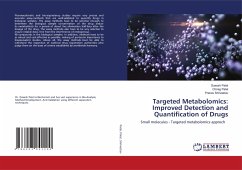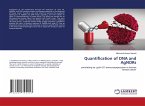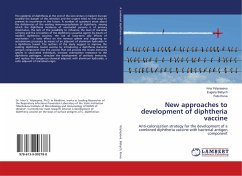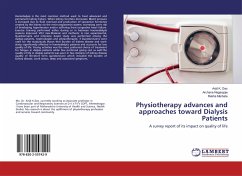Positron Emission Tomography (PET) is a nuclear medicine technique that is being increasingly used for studying both the healthy brain and a variety of diseases. PET allows the in vivo estimate of physiological parameters such as blood flow, rate of glucose consumption and rate of tracer binding. When these parameters are estimated for each pixel of the image, parametric maps are generated. In this work Bayesian methodologies (population approaches and ridge regression) are studied for the improvement of the quality of PET parametric maps, with applications to several radioligands widely used in the study of the human brain. The various methodologies are tested extensively on both simulated and real clinical datasets. The specific issues related to the generation of parametric maps (computational expense and noise) are discussed at length.








